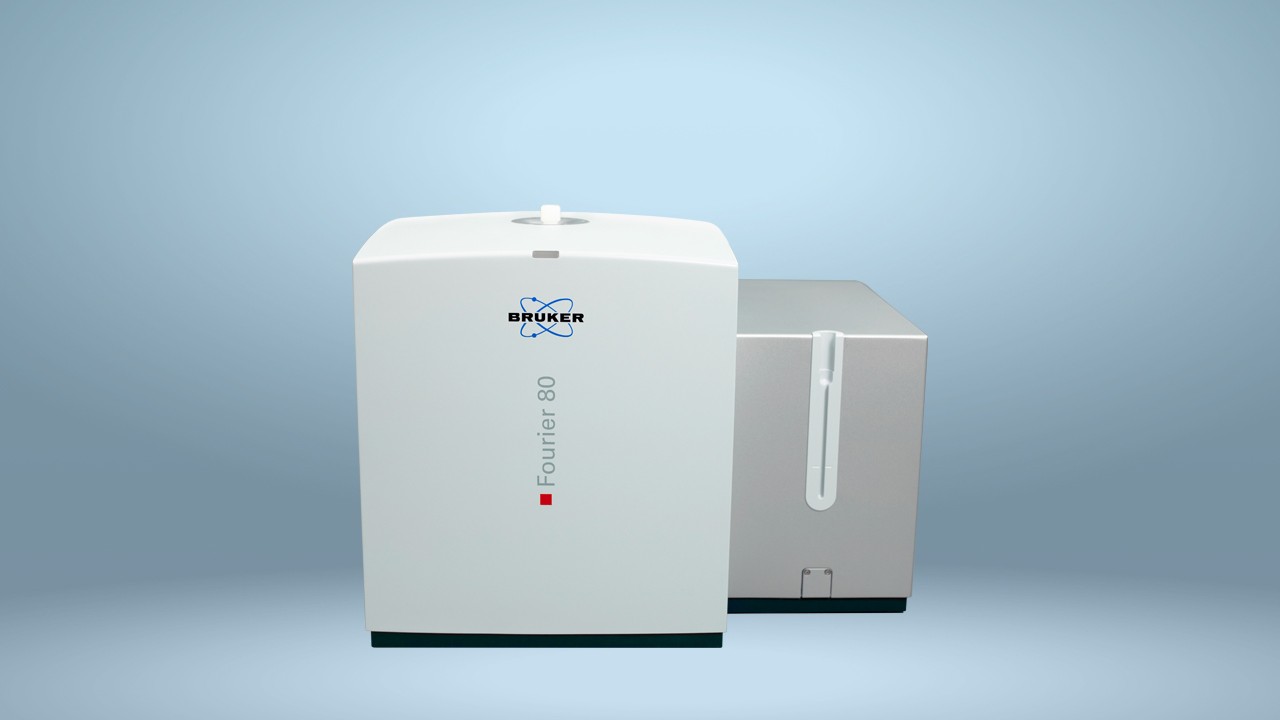

Use of an “Intrinsic” Internal Standard to Quantitate CBD in Hemp Seed Samples
Use of an “Intrinsic” Internal Standard to Quantitate CBD in Hemp Seed Samples
Hemp is a non-psychoactive form of the Cannabis sativa L. plant that is used for a wide range of applications and whose chemical composition is therefore of ongoing interest. Hemp seeds, in particular, are used as both a food and pharmaceutical source, with a nutritional profile thought to offer several health benefits. This has resulted in a growing demand for rapid and reliable analytical methods for characterizing the compounds found in hemp seed products.
A Range of Approaches
A number of methods have been used to analyze the cannabinoids found in C.sativa and its derivatives. Cannabidiol (CBD), the primary cannabinoid in C.sativa, is typically analyzed using conventional methods with chromatographic separation like HPLC or GC coupled to an array such as UV or FID, or mass spectrometer. Quantitative approaches that do not require a chemical standard, such as ERETIC, have also been used. But these approaches have limitations, including the range of applications to which they are suited, the need for time-consuming pre-analysis preparation, and the potential thermal conversion of cannabinoids. Overall, there is a need for more innovative approaches to metabolite profiling, particularly in the absence of reference standards.
One such approach is quantitative NMR (qNMR). Like other NMR methods, qNMR provides the benefits of allowing direct analysis of samples without chemical or physical pre-treatment that may modify its molecular composition. It is fast, accurate, and highly specific method that can deliver all of the information needed in a single spectrum. But so far, it has not been used widely to analyze hemp seed products.
However, qNMR does require the use of internal or external standards. This can present a drawback, as the preparation of stock solutions can be time-consuming. Organic compounds used as internal standards can potentially introduce sample contamination.
To overcome these issues, a team from the University of Calabria in Italy developed a qNMR method. This method uses unlabeled chloroform within isotopically impure deuterated chloroform as an “intrinsic” internal standard.
A New Standard
The team’s approach centers on using isotopically impure deuterated chloroform, with 99.5% purity and therefore containing 0.5% of unlabeled residual chloroform. The resonance from this nondeuterated chloroform can then be used as an internal standard for calibrating spectra. Its weight in dissolved samples is known, therefore it can simultaneously be used to quantitate the analyte in the sample.
The researchers used the approach to quantitate the CBD content of hemp seed flour, cakes, and oil. Hemp seed cakes are composed of fiber and oily residues produced as a by-product of oil extraction from the seeds and are sometimes used in animal feed.
The team used a Bruker Avance 300 NMR spectrometer with a 5 mm BBO probe with Z-axis gradient coils and temperature control unit. They first created a stock solution in which a pure sample of CBD was dissolved to generate a calibration curve. Using this solution, the team assessed several parameters to confirm the reliability of the method, such as linearity range, accuracy, limit of detection and limit of quantification before proceeding to test their samples. They determined that the CBD concentration of their samples was 1.65 mg/mL in cake extracts, 1.28 mg/mL in hemp seed flour extract, and 2.16 mg/mL in hemp seed oil.
The researchers highlight the technique's ability to provide detailed spectral information without any need for chemical or physical manipulation during matrix sampling or chromatographic methods. Instead, the matrices are directly extracted in the chloroform solution. The approach does not require the use of organic compounds as internal standards, which can introduce sample contamination and is also quick and economical. They say it is likely that it could be used to test for other cannabinoids in hemp seed products.
Bruker Avance Technology
In this study, the researchers used a Bruker Avance NMR spectrometer. The latest generation of Avance technology from Bruker is the Avance Neo, which incorporates a range of innovative technology to deliver enhanced digital control, improved dynamic range and greater flexibility and scalability than ever before.
This includes its multi-receive capabilities, in which each NMR channel acts as both transmitter and receiver. This allows each channel to effectively operate as an independent spectrometer and multiple experiments to be conducted simultaneously. The Avance Neo also comes with Bruker’s industry-standard TopSpin software and is compatible with user control via the cloud.
The global Cannabis Industry shows huge growth rates by opening new fields of applications, like pharmaceutical patient treatment. CBD is one of the most promising components in that area. By providing the most innovative technology Bruker enables the Cannabis Industry to ensure a safe and sound supply chain with authentic and consistent raw materials and processed goods including proven efficacy in medical applications.
Bruker does not support, encourage, or intend that its products or services be used in connection with any illegal use, cultivation or trade of cannabis or cannabis products. Bruker products are intended to be used only in compliance with all applicable laws in a manner that promotes public safety and in connection with any lawful and approved scientific or medical research activities.
Reference
Siciliano C, Bartella L, Mazzotti F et al. 1H NMR quantification of cannabidiol (CBD) in industrial products derived from Cannabis sativa L. (hemp) seeds. IOP Conf. Series: Materials Science and Engineering 2019; 572:012010. doi: 10.1088/1757-899X/572/1/012010.
This application can also be used with our benchtop NMR system, the Fourier 80


